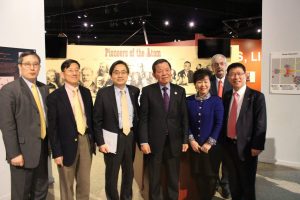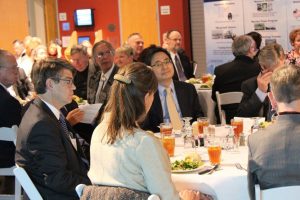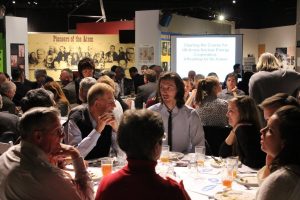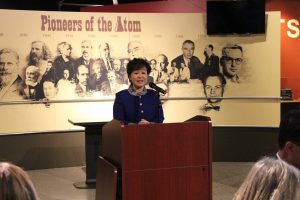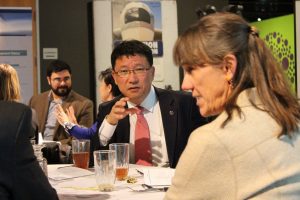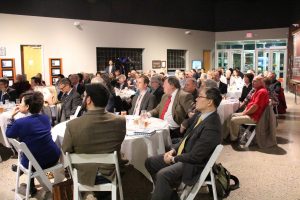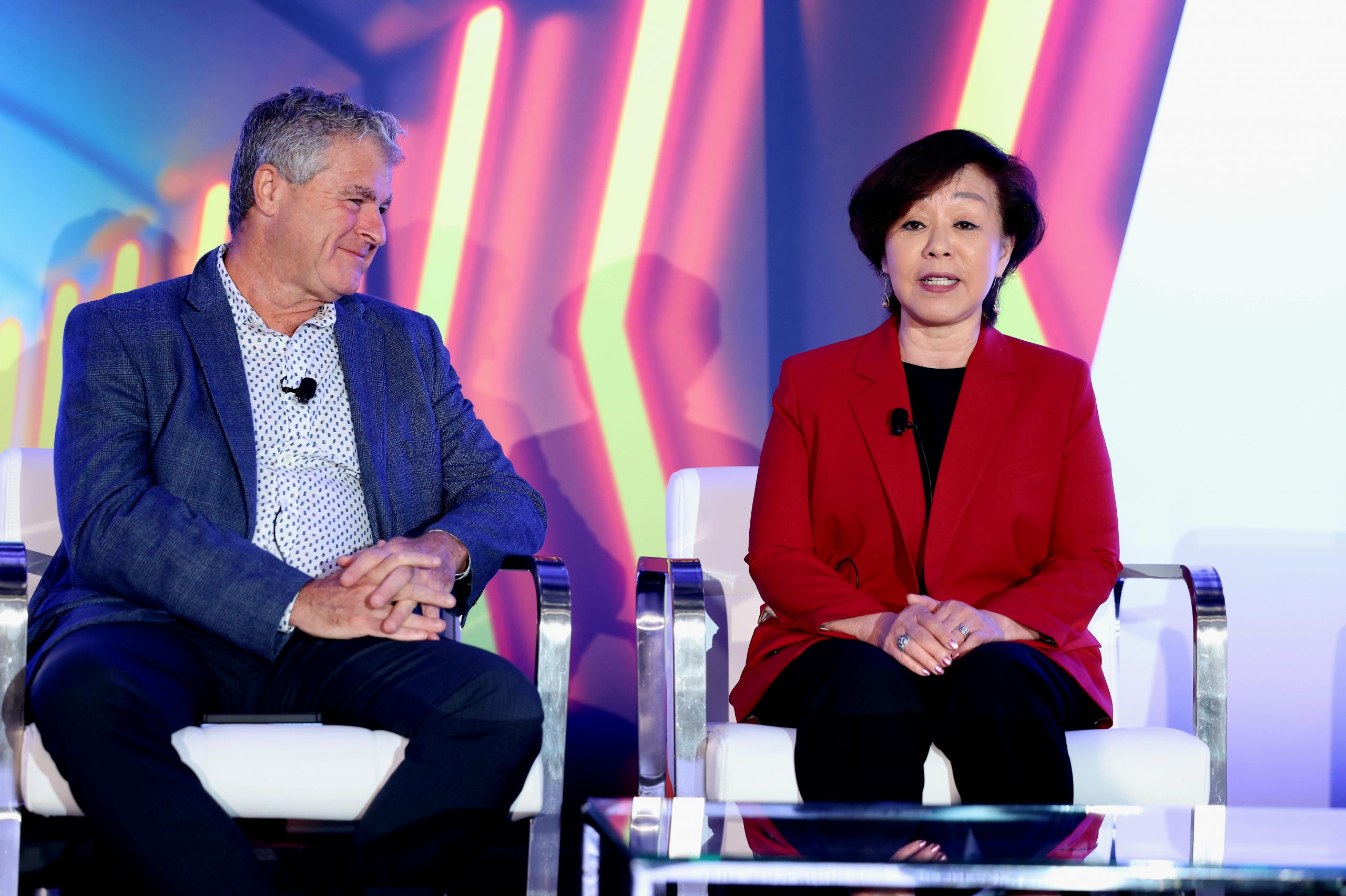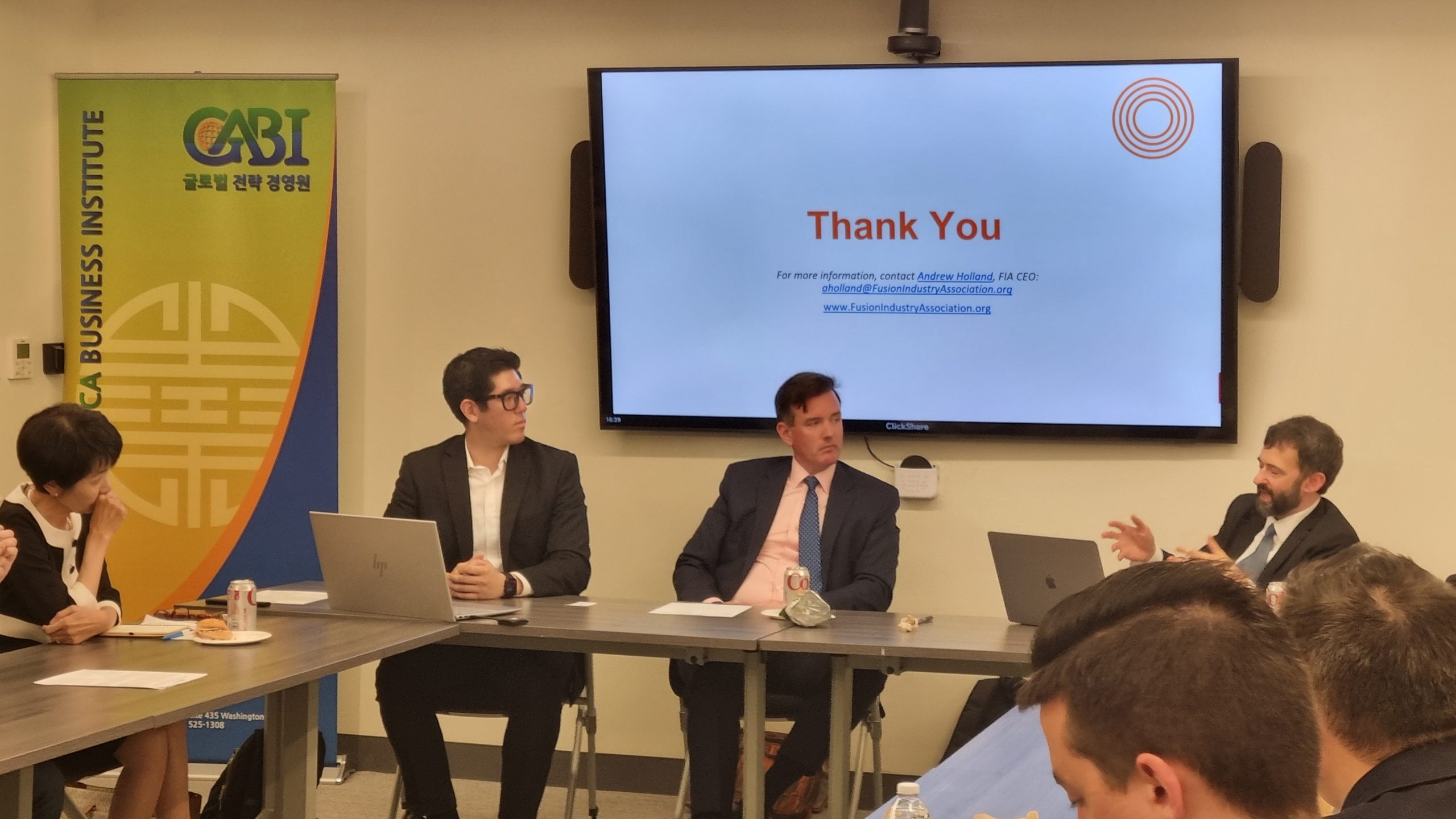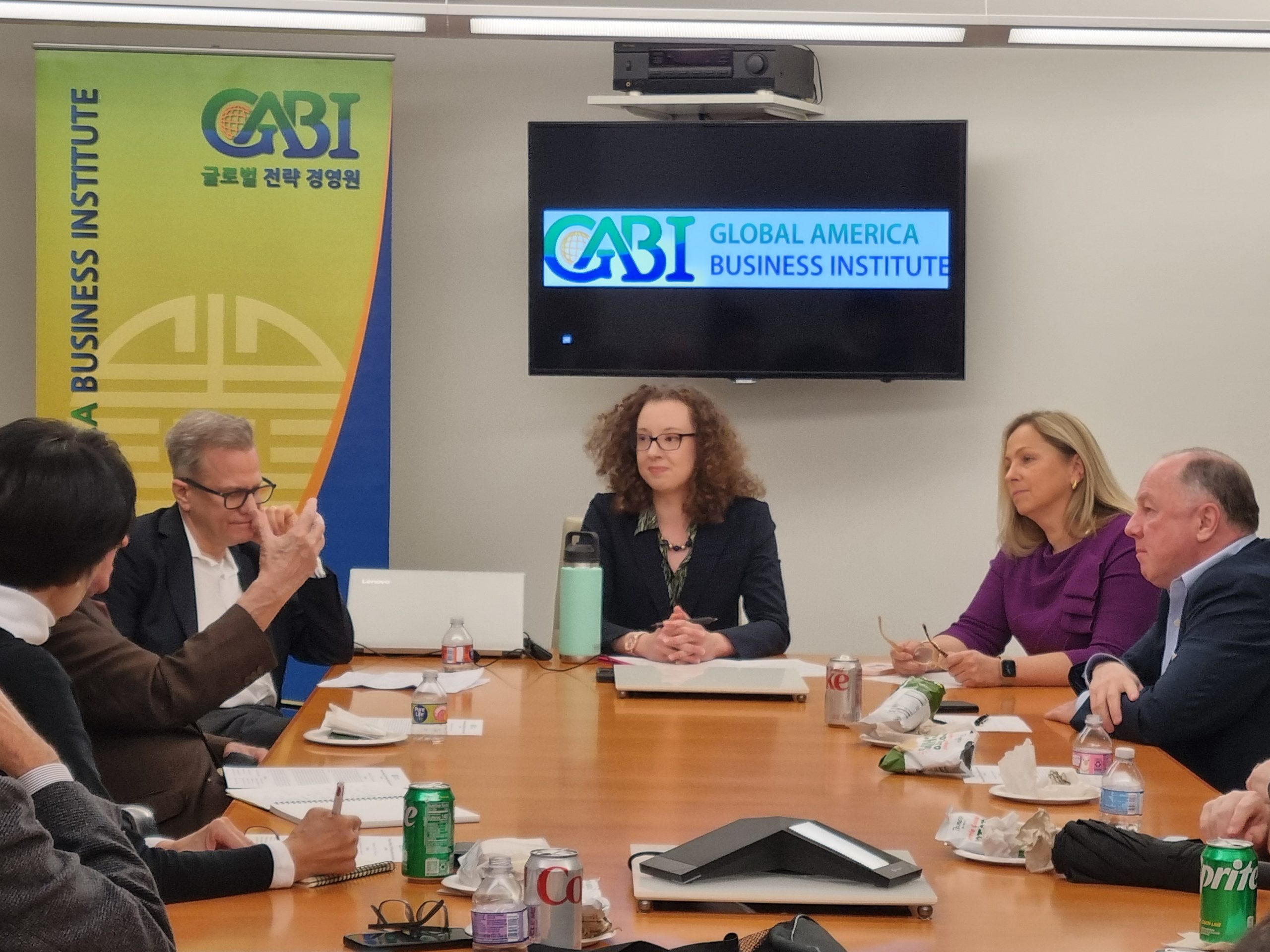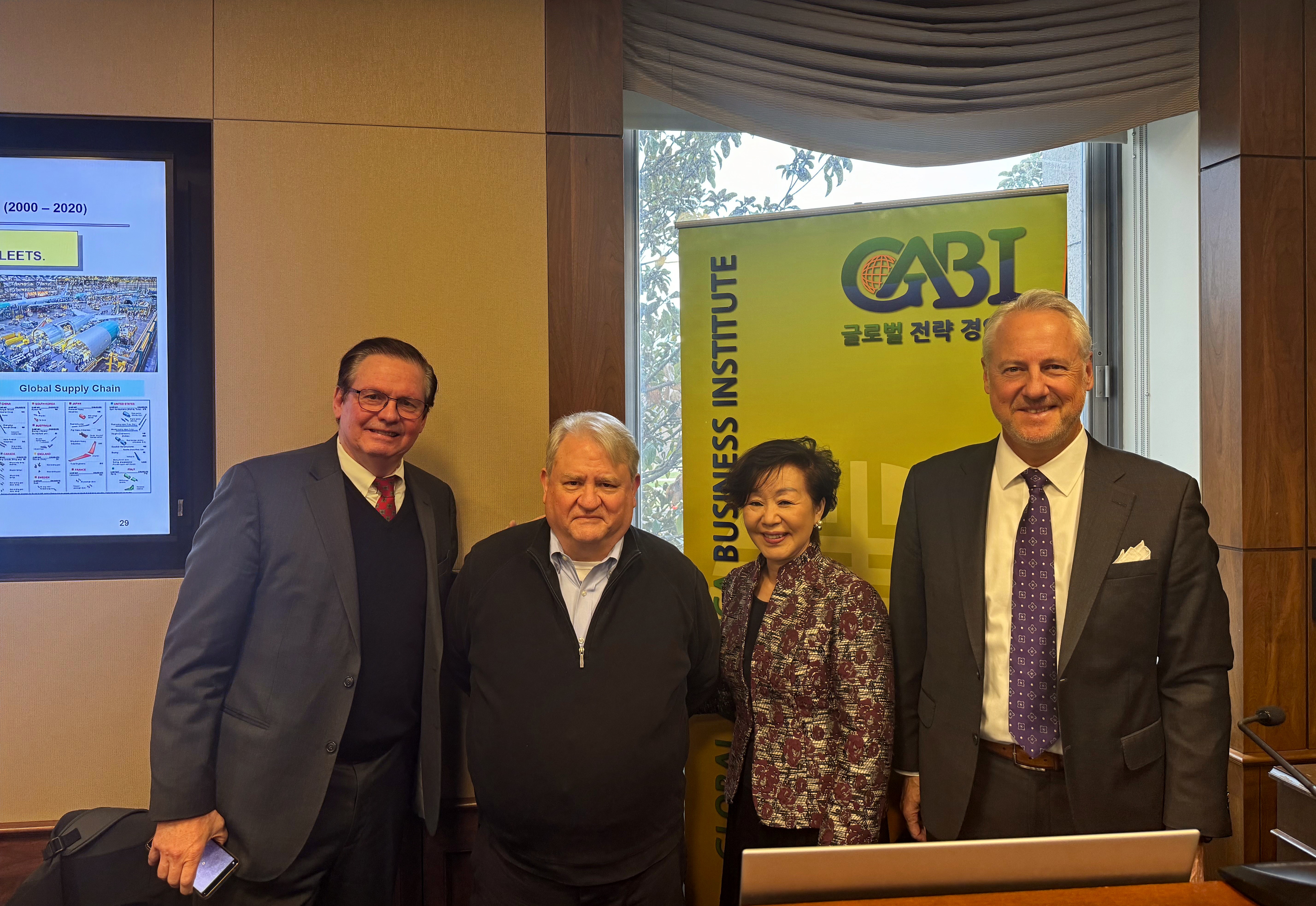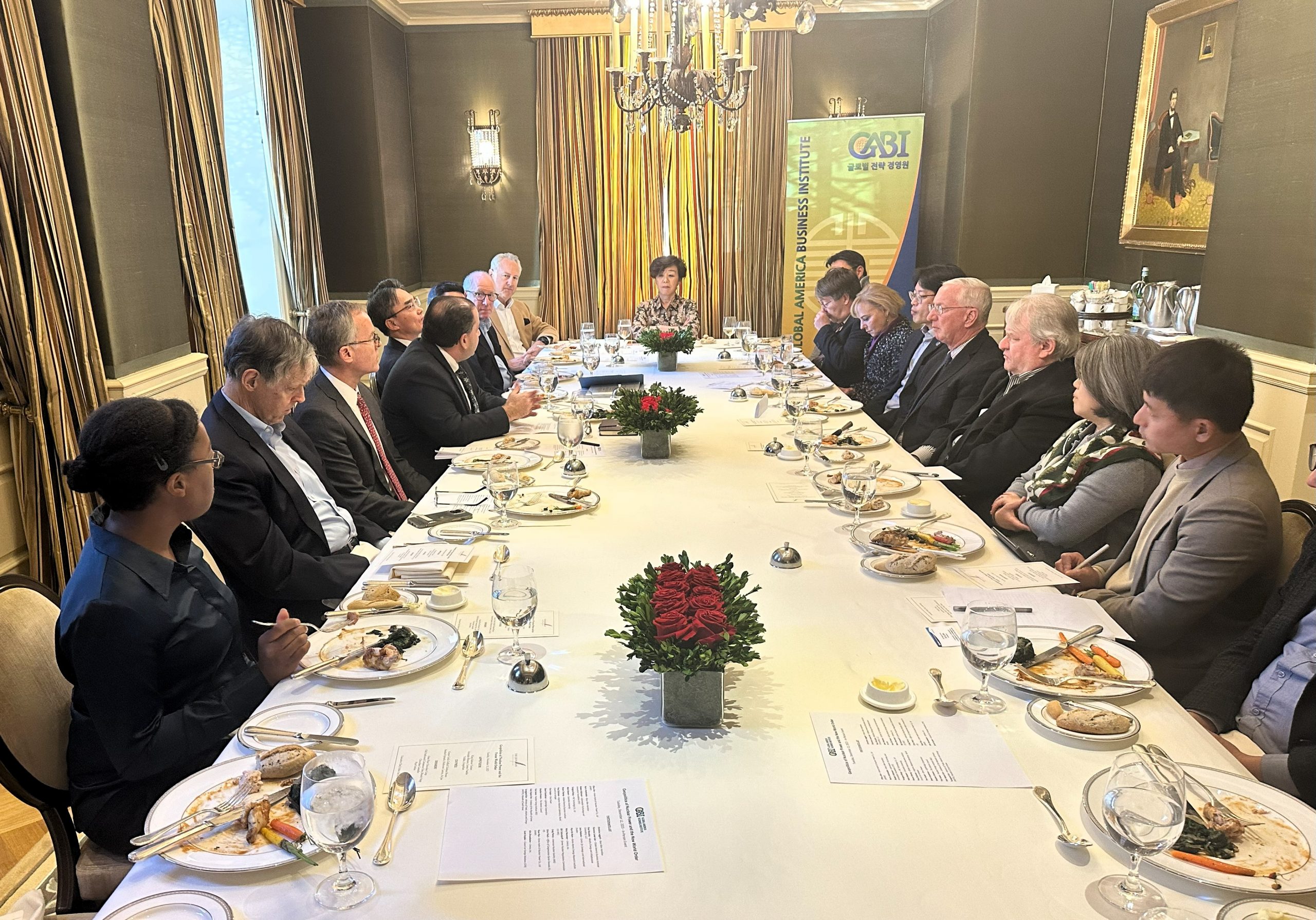In cooperation with the Korea Economic Institute of America (KEIA), GABI organized a public event in Albuquerque, New Mexico at the National Museum of Nuclear Science & History on possible future pathways and opportunities for the US-Korea civil nuclear partnership. The event featured remarks, statements, and presentations from Jim Walther (Director, National Museum of Nuclear Science & History), Dong-ik Shin (Deputy Minister for Multilateral and Global Affairs, Ministry of Foreign Affairs, Republic of Korea), Gary Oppedahl (Director of Economic Development, City of Albuquerque), Lee Terry (former U.S. Congressman from Nebraska’s 2nd congressional district), Susan Pickering (Director of Nuclear Energy & Fuel Cycle Programs, Sandia National Laboratories), Seung Koo Lee (President, Korea Academy of Nuclear Safety; Former Vice Minister of the Ministry of Science, ICT, and Future Planning, Republic of Korea), and Hark Rho Kim (Senior Vice President, Korea Atomic Energy Research Institute).
In June 2015, the U.S. and the Republic of Korea formally signed the renewal of their nuclear cooperation agreement, or 123 Agreement, marking the continuation of a decades-long relationship that has evolved significantly since its early days. Korea, once totally dependent upon U.S. nuclear energy technology, is now a major global nuclear vendor and exporter, and the revised 123 Agreement reflects this reality. Korea, also among the world’s leaders in the development of next-generation reactor and fuel cycle technologies, is now positioned to be a more active and able partner for the U.S., particularly in advanced nuclear energy R&D.
